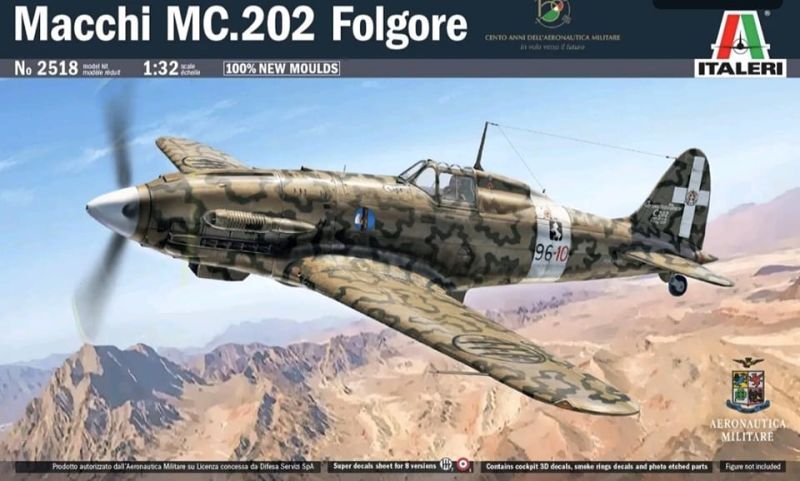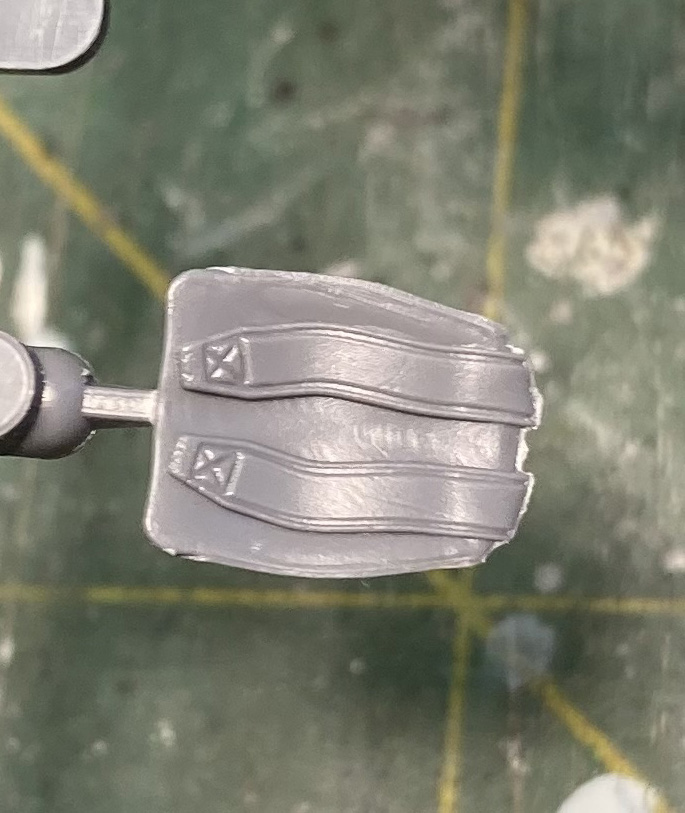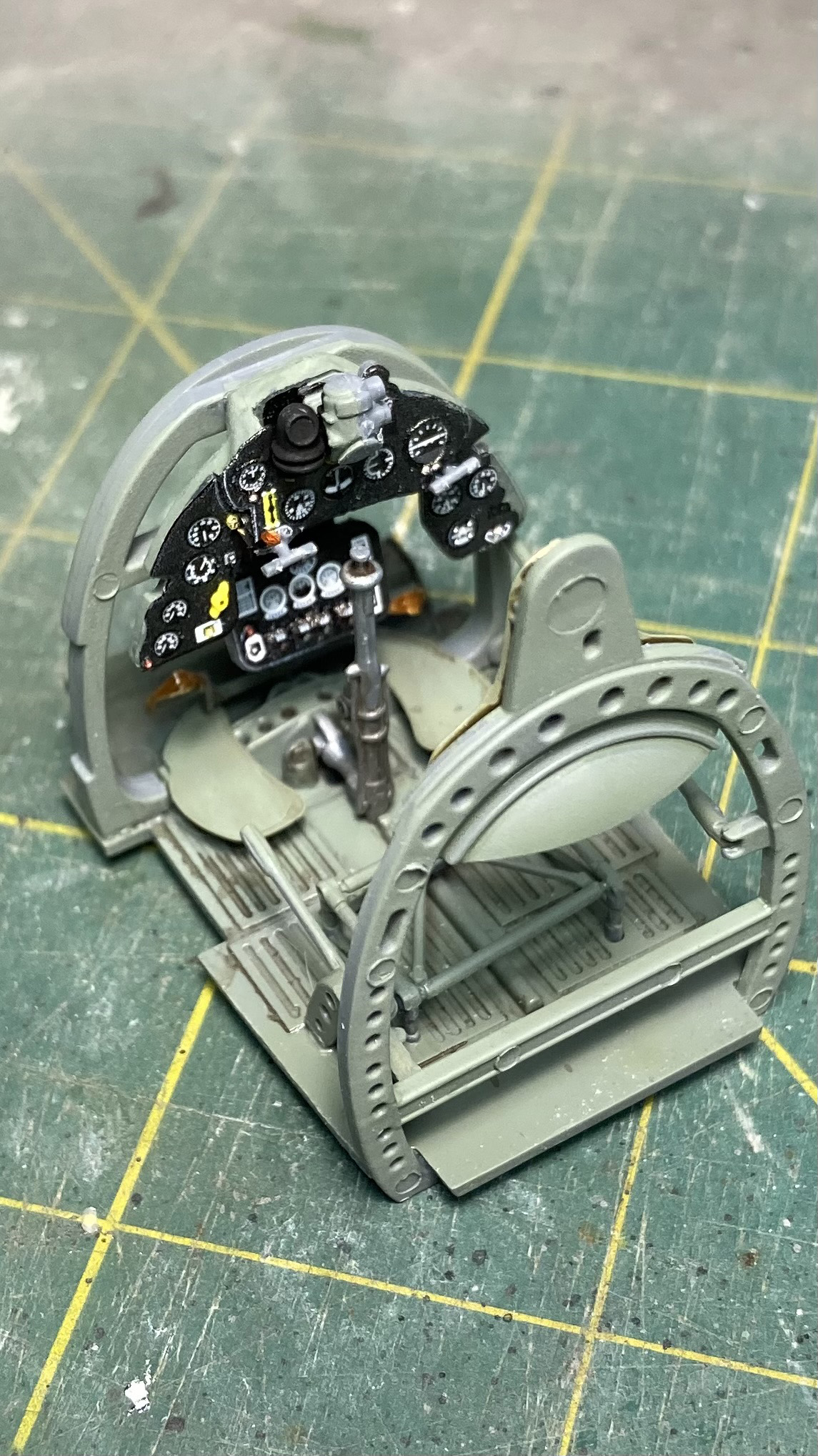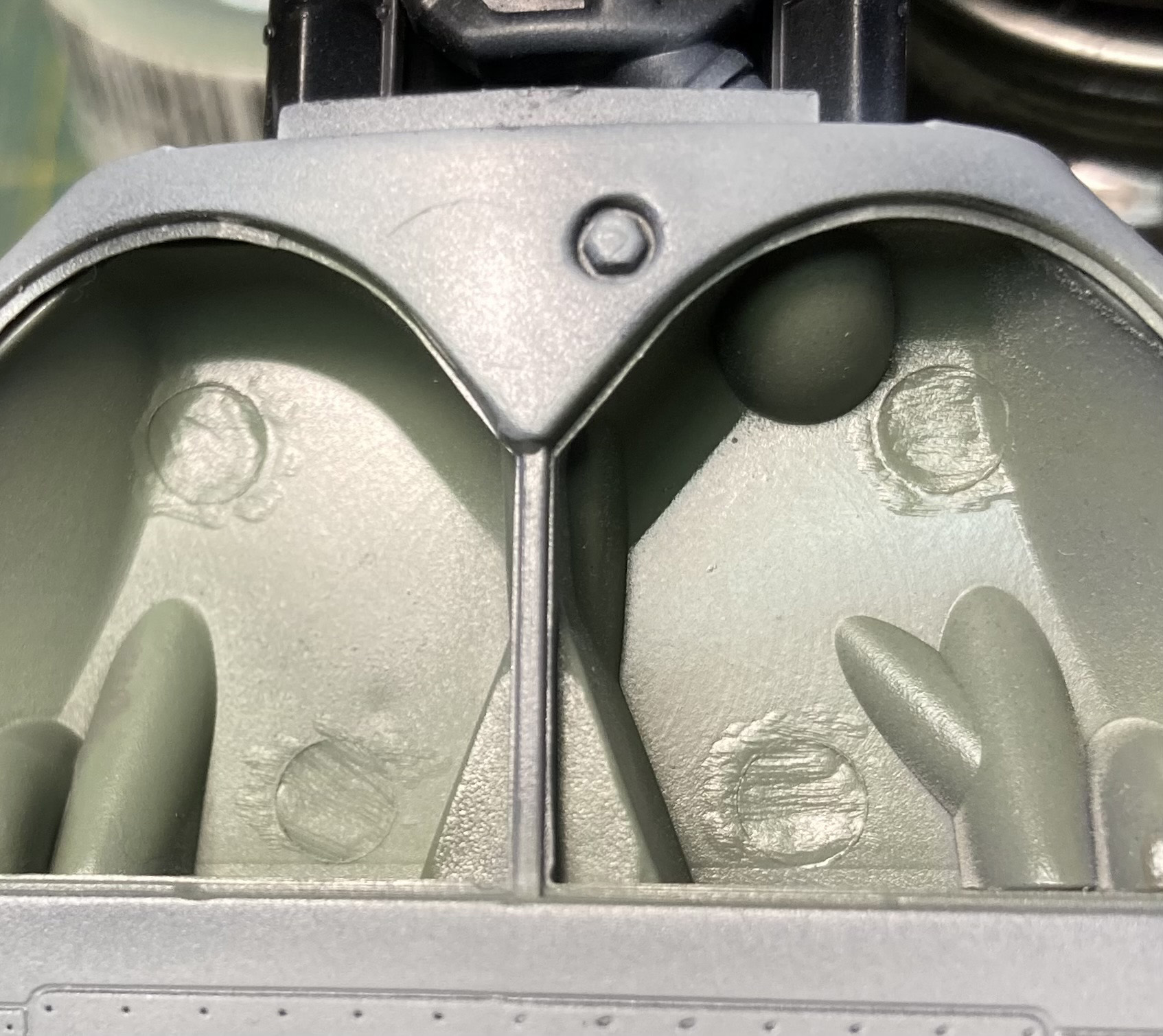Italeri Macchi MC.202, 1/32nd Scale, Kit No 2518, Part 1
Posted by Phillip Friddell on 12th Jan 2024

Italian warplanes tend to get ignored in the big wonderful world of plastic scale modeling, which is a shame since they were extremely prominent during the Second World War, and flown in multiple theaters of operations. On top of that, they were often beautiful airplanes as well. Macchi’s MC.202 Folgore is one of those beautiful airplanes, albeit one not all that well represented by the kitmakers of the world in spite of a handful of efforts by various and sundry companies over the past five decades or so. Add to that the fact that only one previous kit of the airplane has ever been done in 1/32nd scale and the need for a viable and reasonably state of the art kit becomes painfully apparent. You would think that Italeri, of all people, would be able to take an Italian kit subject such as this and quite literally knock it out of the park, so to speak, and in some respects they managed to do just that. There are, however, what could be politely termed “issues” with the kit that balance out quite a bit of the good stuff that lies within the kit box. In today’s look at the model we’ll take a cursory look at both extremes, but take note that we’ll detail most of those things in the second installment of this tome.
Examining first things first we find that the kit is pretty much a conventional polystyrene scale model with not one ounce of resin to be found with in its spacious box, but it does includes quite a bit of photoetch and none of the components from that material are optional; each and every brass part is essential to building the model. That said, the etch is actually easy to work with and not at all the bugaboo many of us might anticipate, a definite plus. There’s also a small assortment of neoprene tubing for the engine and actual wire for the radio antenna—that last is a not-quite-ready-for-prime-time sort of thing but we’ll get to that later, presuming I remember to do it. A set of canopy masks are also provided, as well as decals by Cartograph covering eight different airplanes. So far so good, right? Well yes, sort of…
To get down to brass tacks, the kit’s plastic parts are superbly molded (and yes, the internet crowd got it right regarding the number of ribs represented on certain of the control surfaces, should that sort of thing bother you) and the overall detailing is excellent, if not quite to Tamiya standards in terms of finesse. Fit is generally acceptable but the model is somewhat overcomplicated in some areas, which we’re going to pin on tooling limitations.
With that said, let’s take a quick look at a couple of things that typify the issues you’ll have if you build one of these kits.

Some of the detail is a bit, shall we say, primitive. This piece is the seat back and those shapes molded to it are part of the shoulder harness assembly. The presentation would have been state of the art in 1968, barely, but not so much so in The Year of Our Lord 2024.

Then there’s the rest of the interior. The instrument panel uses stark white 3d decals and is just a bit too over the top for our tastes. Those ejection pin marks you can see define yet another problem you’ll back when building this model—the ones shown here don’t matter but some of the others do. The footboards you see on top of the floor are brass and are to be formed to shape, but that shape isn’t defined by the instructions. References are definitely in order here!

Contrary to popular belief the MC.202 did have a set of removable closeout panels in the wheel well and Italeri provide them, but they’re marred by some extremely difficult to deal with ejection pin marks. There are a few other similarities for you to demonstrate your modeling skills with this one. It’s not a kit for beginners…
And there’s more, but we’ll leave that for our next installment. Join us again next time as we renew our efforts to tame the Macchi! Until that time, Ciao, Baby!

